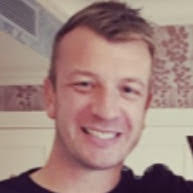Is SAS Rogue Heroes based on a true story? Did Randolph Churchill really join the SAS? Meet the real heroes...
SAS: Rogue Heroes tells the story of the men who founded the unit during World War Two...
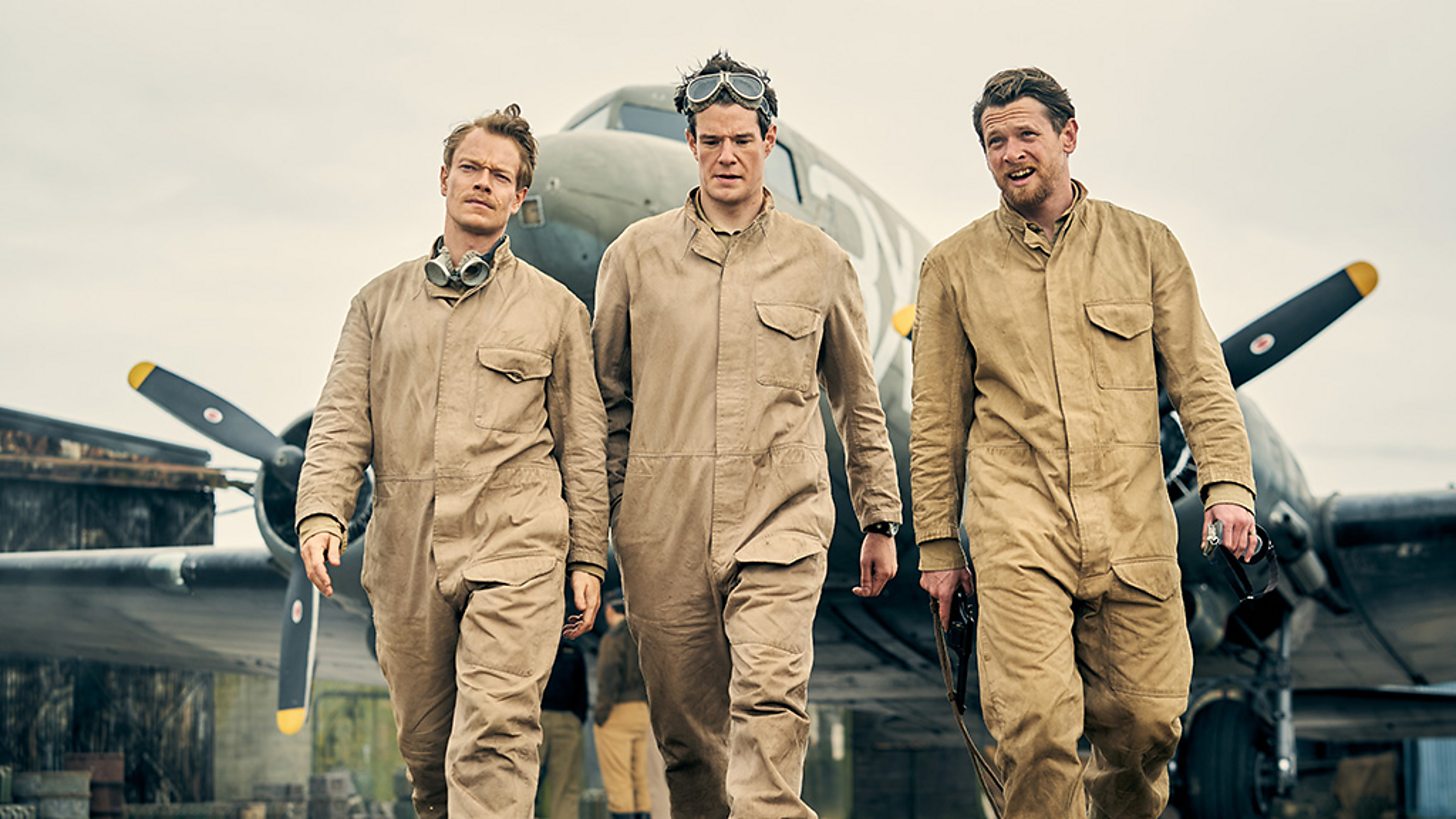
Is SAS Rogue Heroes based on a true story? Yes, it tells the story of the men who founded the unit during World War Two.
Brought to life by Peaky Blinders creator Steven Knight, SAS Rogue Heroes tells the remarkable tale of how the SAS came to exist in North Africa during World War Two.
Based on Ben MacIntyre’s best-selling book of the same name, the six-part drama follows officer David Stirling and his comrades as they change warfare by attacking the enemy behind their own battle lines in a string of daring escapades.
Yet who were the real men behind the legends and what happened to them after the war? Here's everything you need to know...
Is SAS Rogue Heroes based on a true story? Who was Captain David Stirling?
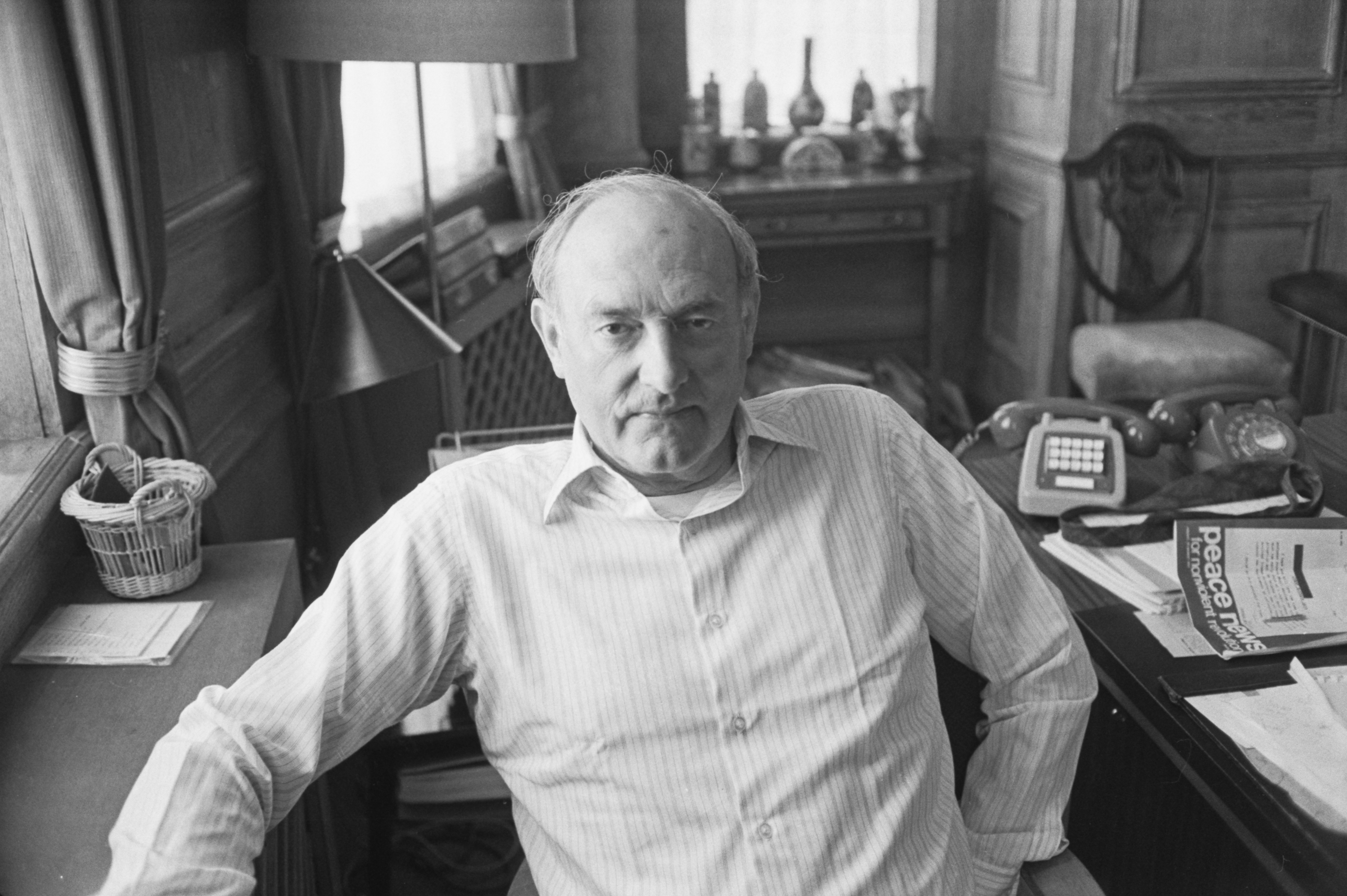
Born in the Perthshire village of Lecropt on 15 November 1915, Lieutenant Colonel Stirling (who's played by Connor Swindells in the BBC1 drama) was the son of Brigadier-General Archibald Stirling and descendant of Charles II, King of Scots, on his mother's side.
After attending Cambridge University, he headed to Paris to become an artist, before being commissioned into the Scots Guards in 1937. He was training to climb Mount Everest when World War Two broke out in 1939.
Stirling travelled to Africa as part of the new No.8 Commandos and when the unit suffered a series of setbacks he became convinced that due to the nature of modern mechanised warfare, a small team of highly trained soldiers with the advantage of surprise could attack several targets from the desert in a single night.
The latest updates, reviews and unmissable series to watch and more!
Deciding to take his idea straight to Commander-in-Chief General Sir Claude Auchinleck, he broke into the British army's Middle East HQ in Cairo, while using crutches for an injury sustained during a parachuting accident (as depicted in the first episode of SAS: Rogue Heroes).
He wasn't able to find Auchinleck, yet did speak to deputy chief of staff, Major General Neil Ritchie, who persuaded the Commander-in-Chief to allow Stirling to form a new special operations unit. The unit was given the deliberately misleading name "L Detachment, Special Air Service Brigade".
After only a brief period of training the unit began operations and after a series of setbacks, they eventually achieved great success, wreaking havoc in enemy airfields with the use of machine- gun-mounted American Jeeps.
Stirling and his men's biggest success came on the night of 26–27 July 1942 when the young SAS squadron, armed with 18 jeeps, raided the Sidi Haneish landing strip and destroyed 37 Axis aircraft, with the loss of just one man.
Field Marshal Montgomery described Stirling as "mad, quite mad" but believed that men like him were needed in time of war and his unit caused such problems for the Nazis that Field Marshall Erwin Rommel dubbed him 'The Phantom Major'.
He was eventually captured in January 1943, escaped, but was then re-captured by the Italians and sent to Colditz Castle, where he remained for the rest of the war.

In the years after the war, Stirling was worried Britain was losing its place on the international stage and organized deals to provide British weapons and military personnel to other countries, such as Saudi Arabia.
Along with several associates, he also formed Watchguard International Ltd and was linked to a failed attempt to overthrow the Libyan ruler Muammar Gaddafi in the early 1970s.
Later that decade he became concerned that an "undemocratic event" would occur and decided to create an organization called Great Britain 75, recruiting members from the aristocratic clubs in Mayfair. In the event of civil unrest and a breakdown of normal Government operations, he envisaged his organization taking over the country.
Yet after his plans were made public and he discovered the right-wing nature of those who wished to join GB75, he abandoned the scheme.
During the late 1970s, Stirling created a secret organization designed to undermine trade unionism from within. He recruited like-minded individuals from within the trade union movement, with the express intention that they should cause as much trouble during conferences as permissible.
He died in Westminster on 4 November 1990 at the age of 74.
Who was the real Paddy Mayne?
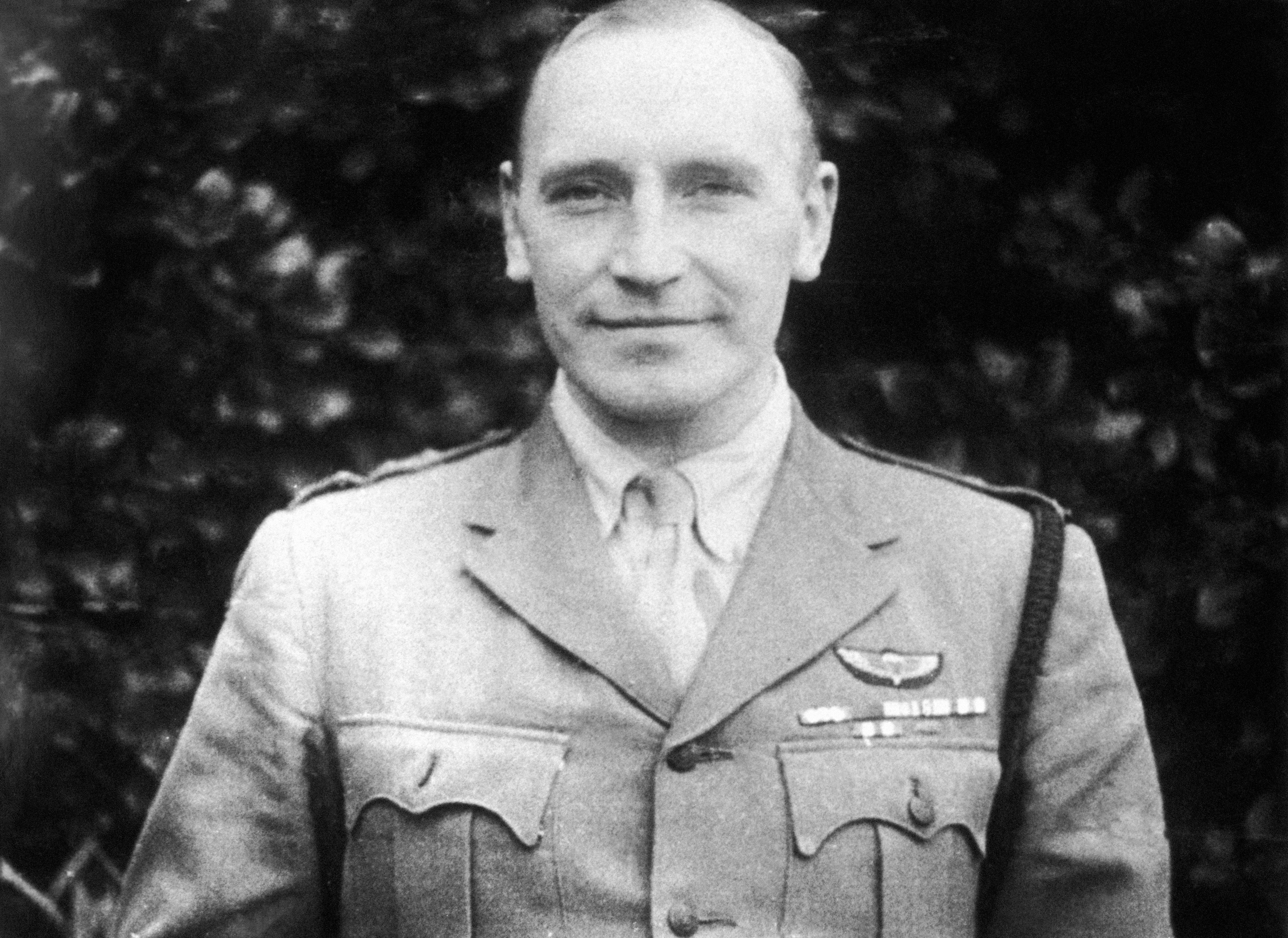
Lieutenant colonel Robert Blair "Paddy" Mayne (played by Jack O'Connell in the BBC1 drama) was born in Newtonards, Northern Ireland, on 14 December 1915, the sixth of seven children from a Protestant family of prominent land and business owners.
He was named Robert Blair after a second cousin, who at the time of his birth was a British Army officer serving in the First World War, and a paternal ancestor, Gordon Turnbull, led the famous "Scotland Forever!" charge at Waterloo - a moment captured in a famous painting by Lady Butler.
Mayne studied law at Queen's University of Belfast, where he took up boxing and became Irish Universities Heavyweight Champion in August 1936. He followed this by reaching the final of the British Universities Heavyweight Championship.
He was a fine golfer, yet his real sporting talent lay in rugby union and he won his first full Ireland cap in 1937 in a match against Wales as a lock forward. He was subsequently selected for the 1938 British Lions tour of South Africa, where he played in all three tests and impressed reporters.
During this tour, he famously smashed up colleagues' hotel rooms, temporarily freed a convict he'd befriended and who was working on the construction of the Ellis Park Stadium and also snuck off from a formal dinner to go antelope hunting.
As a member of the Royal Ulster Rifles, he impressed during the Syria-Lebanon campaign and he was recommended to David Stirling as a prospective member of his fledgling SAS — then known simply as the Parachute Unit.
After being dismissed from 11 Commando in June of 1941 for assaulting Major Charles Napier, who'd shot Mayne's pet dog while he was away, he met Stirling and joined his unit. However, a popular story that tells of Mayne being under arrest or in prison when Stirling first met him is not true. There's no evidence that Stirling obtained his release so that he could join the newly formed SAS, as is often reported.
From November 1941 through to the end of 1942, Mayne participated in many night raids deep behind enemy lines in the deserts of Egypt and Libya, where the SAS wrought havoc by destroying more than 100 enemy aircraft on the ground.
Following Stirling's capture in January 1943, the 1st SAS Regiment was reorganized into two separate parts, the Special Raiding Squadron (SRS) and the Special Boat Section (the forerunner of the Special Boat Service).
As a major, Mayne was appointed to command the Special Raiding Squadron and led the unit in Sicily and Italy until the end of 1943, before being appointed commanding officer of the re-formed 1st SAS regiment.
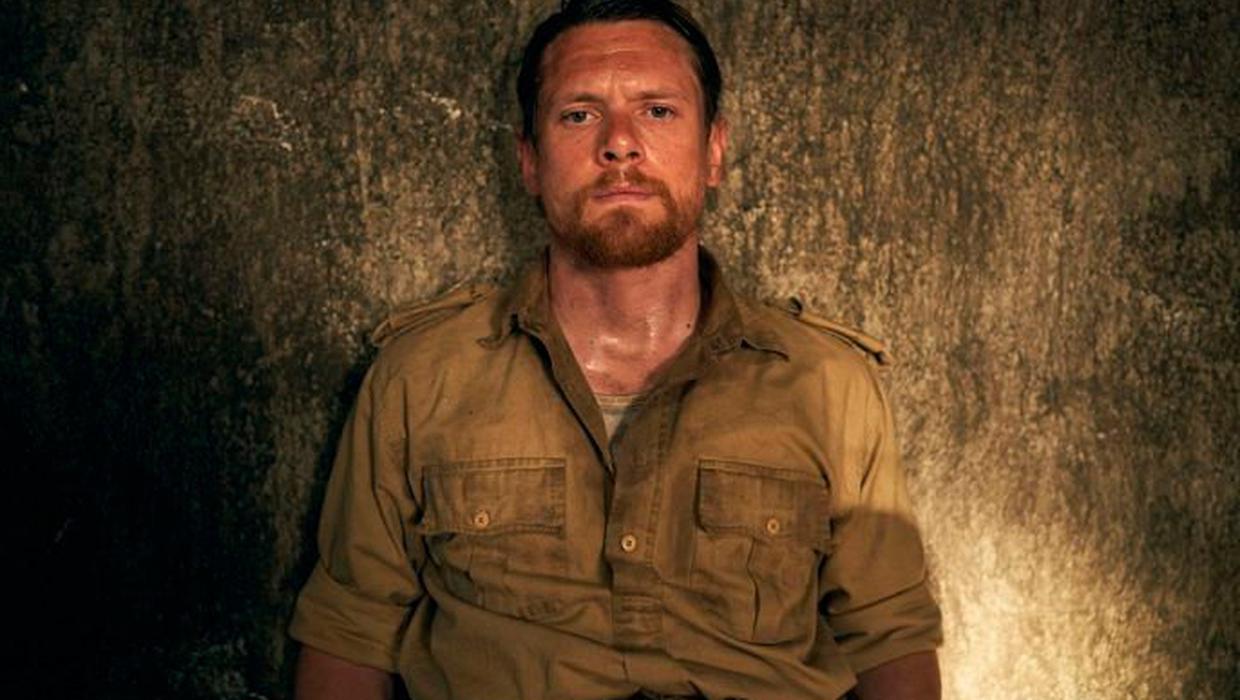
He subsequently led the SAS with great distinction through the final campaigns of the war in France, the Netherlands, Belgium, Germany and Norway, where he fought alongside local resistance fighters and became one of the British Army's most highly decorated soldiers.
Controversially, he was never awarded the Victoria Cross and despite a public campaign and the issue being brought before the British Parliament again in 2006, he still wasn't awarded the honour.
Lord Ashcroft subsequently said of Mayne... “He will be remembered as the bravest man in history to never be awarded the Victoria Cross.”
During the war, his men admired him in battle but were very wary of him once he'd consumed alcohol. Many stories of his post-war years tell of how he would drink heavily and challenge every man in the bar to a fight, which he would invariably win.
Mayne is also described as growing increasingly withdrawn as the war progressed, preferring books to the company of friends, a tendency that was said to have become more marked after the death of his father during World War II. Mayne was refused leave to attend the funeral and a story has him embarking on a drink-fuelled rampage in central Cairo.
After the war Mayne returned to Newtownards to work first as a solicitor and then as Secretary to the Law Society of Northern Ireland, yet rarely talked about his wartime service.
On the night of Tuesday 13 December 1955, after drinking with a masonic friend in the town of Bangor, Mayne made his way home in the early hours. At 4am he was found dead in his car in Mill Street, Newtownards, having reportedly collided with a farmer's vehicle.
Who was Jock Lewes?
Lieutenant John Steel Lewes (played by Alfie Allen in the BBC1 drama) was born on 21 December 1913 in Calcutta, to British father, chartered accountant Arthur Harold Lewes and an Australian mother, Elsie Lewis Steele.
Lewes displayed a keen interest in chemistry as a child and severely injured his hand in a bomb-making experiment, although his enthusiasm for explosives would prove crucial later in his career.
The family moved to Australia and he grew up in Bowral, New South Wales, yet he traveled to England to attend Oxford University in 1933, studying Philosophy, Politics, and Economics. It was there that he earned the nickname 'Jock'.
After university, Lewes traveled to Berlin to work for the British Council and before the events of Kristallnacht, was briefly an admirer of Hitler and the Nazi state. At the outbreak of World War Two, he joined the Welsh Guards.
Today is a big SAS anniversary.Find out about co-founder Jock Lewes on the podcast.https://t.co/3KW27KRTWX pic.twitter.com/m7n4b0hRlcDecember 30, 2016
In 1941, Lewes was in a group of volunteers assembled by David Stirling to form a unit dedicated to raiding missions against the lines of communication of Axis forces in North Africa.
During the raids on Axis airfields, Lewes noticed the respective weaknesses of conventional explosives and incendiaries, as well as their failure to destroy vehicles in many cases. This lead him to improvise a new charge, made of plastic explosive, diesel and thermite, dubbed 'The Lewes Bomb', which was used to great affect throughout the war.
On 30 December 1941, Lewes was involved in a raid on Axis airfields in Libya and as they returned to their lines, their vehicles were repeatedly attacked by Italian and German aircraft. While returning fire, Lewes was hit in the thigh by a 20mm cannon round and died soon after.
He was buried near the site of the attack, but the whereabouts of his grave are now unknown. His death greatly shook the unit's morale and in later years, David Stirling said: "Jock could far more genuinely claim to be founder of the SAS than I," as seen in his below letter.
At the time of his death, he had asked his girlfriend Mirren Barford to marry him, although sadly he didn't receive her letter accepting his proposal before he died.
Did Randolph Churchill really take part in an SAS raid during World War Two?
* Spoilers for episodes 5 & 6 of SAS Rogue Heroes follow *
Randolph really did take part in a raid with David Stirling and his men, but things didn't turn out quite like they did in SAS Rogue Heroes...
Following an unsuccessful career in politics, in 1938 Randolph Churchill joined his father's old regiment, the 4th Queen's Own Hussars, receiving a commission as a second lieutenant in the supplementary reserve. He was called up for active service on 24 August 1939.
His father Winston was Lord of the Admiralty before becoming Prime Minister in May 1940 and it was widely suspected by many - including Randolph himself - that there were secret orders for the unit not to be sent into action while he was a member.
Randolph eventually transferred to No. 8 (Guards) Commando and in February 1941 his unit was sent out to North Africa on a six-week voyage via the Cape of Good Hope and the East Coast of Africa. The route was notable as it avoided the Central Mediterranean where the Italian navy and Axis air forces were strong.

Once in Egypt, Randolph served as a General Staff (Intelligence) officer at Middle East HQ, although he was deeply disliked by the other officers and his men. On 28 October 1941 he was promoted to the war-substantive rank of captain (acting rank of major) and put in charge of Army information at GHQ.
However on leave in January 1942, he criticised the Tories for their lack of criticism of the Prime Minister's decision to defend Greece and Crete. As such when his father visited him briefly in Cairo in spring 1942 Randolph had a row with his parents so violent that Clementine thought Winston might have a seizure.
In April 1942 he volunteered for the newly formed SAS, in a move that his mother was worried would increase the strain on his father. She considered forbidding him to go, but knew Winston wouldn't approve. He joined the SAS Captain David Stirling and six SAS men on a mission behind enemy lines in the Libyan Desert to Benghazi in May 1942.
However unlike in the BBC1 drama the Benghazi Raid did not reach its goals and Randolph severely dislocated his back when his truck overturned in a road accident during the journey home. After a stay in Cairo he was invalided back to England.
Did Winston Churchill and Captain David Stirling really meet?
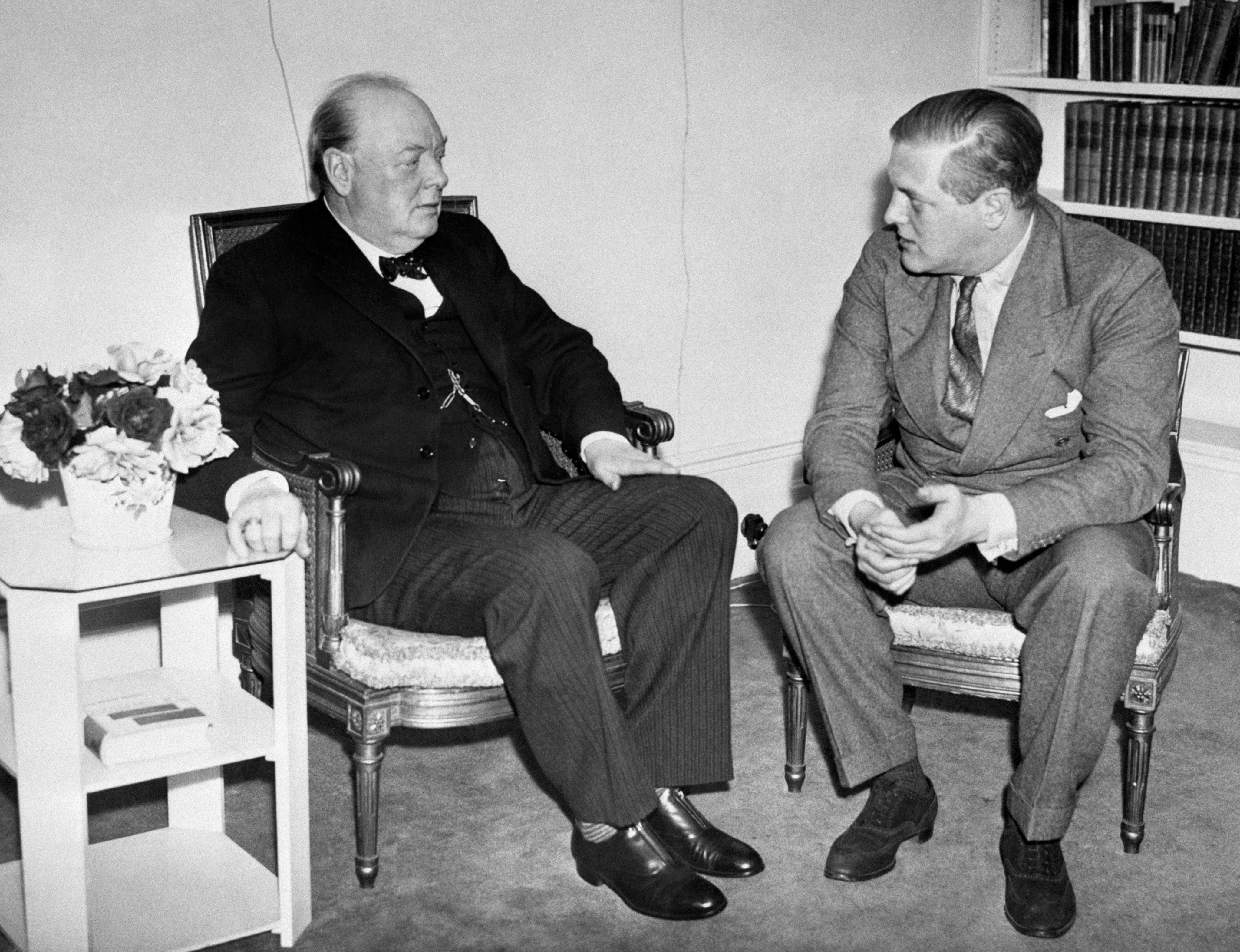
The Prime Minister was a big fan of the SAS from the outset and he was instrumental in preserving David Stirling's new unit following their disastrous first mission in November 1941.
The mission was an unmitigated disaster, with a huge storm, which Stirling had been warned about, blowing him and his team many miles off target. Only 21 of the 55 men survived - with two men critically injured left to die.
Politicians back in Westminster wanted answers and thought spies should carry out the work of the force but the SAS was saved by Churchill after his son, Randolph, was reported back to is father after being invited on a raid.
Field Marshal Montgomery was also a fan of Stirling and his fighting men after other early missions ended with success. 'The boy Stirling is mad, quite mad,' he said. 'However, in war there is often a place for mad people.'
Churchill did indeed meet Stirling at a dinner party in Cairo during August 1942, with the Prime Minister reportedly enthralled by the SAS captain and accounts of his men's daring escapades.
During the meeting, Stirling took the opportunity to propose an expansion of the SAS in size and scope which would also bring all other special forces under his control. As in the BBC1 drama, Churchill gave him and his men his full backing.
SAS Rogue Heroes is available on the BBC in the UK and EPIX in the US.
Sean is a Senior Feature writer for TV Times, What's On TV and TV & Satellite Week, who also writes for whattowatch.com. He's been covering the world of TV for over 15 years and in that time he's been lucky enough to interview stars like Ian McKellen, Tom Hardy and Kate Winslet. His favourite shows are I'm Alan Partridge, The Wire, Wolf Hall and Succession and in his spare time he enjoys drinking tea, doing crosswords and watching football.
